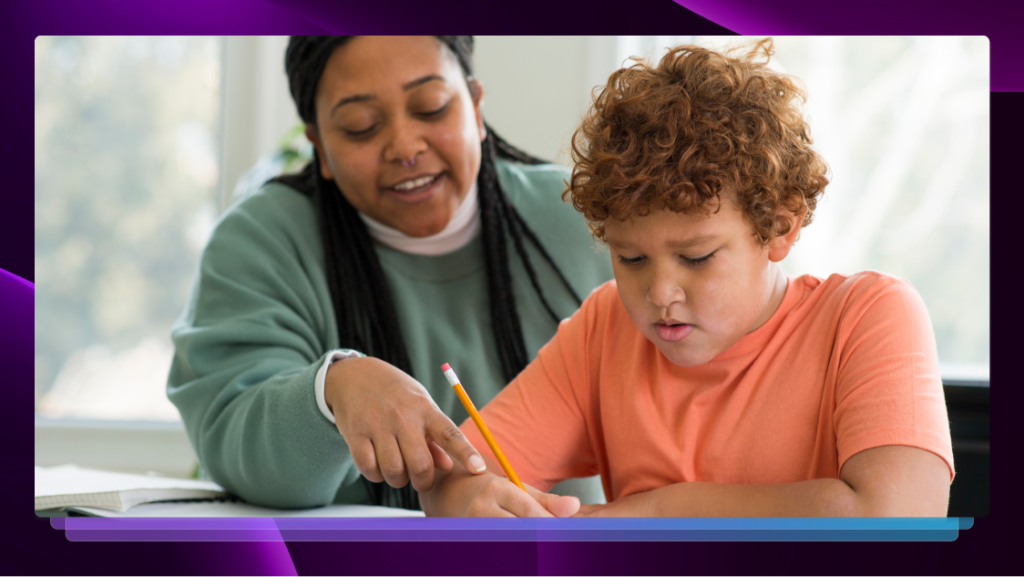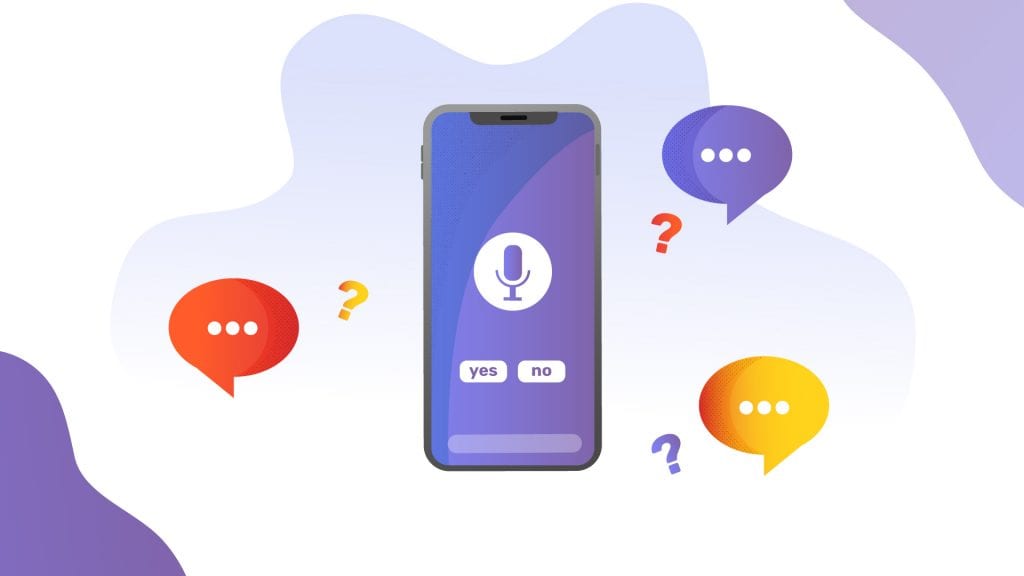What Is a Hybrid Learning Model and How Can Educators Benefit?
A hybrid learning model delivers live instruction to both in-classroom and online students simultaneously. Here are some different approaches you can take.

Hybrid learning means teaching students in the classroom and via video conferencing simultaneously. Until COVID-19 struck, this concept was in use at a limited number of institutions.
Recently, hybrid learning has become an important strategy for many institutions adapting in the wake of pandemic changes. And with the Spring 2023 semester ahead, many institutions are developing hybrid courses or adding online components to existing programs.
Each faculty needs to develop its own hybrid learning model — a model that best suits its program and community. This process can seem daunting, but there are lots of tools available to empower you.
Let’s look a bit deeper at what’s possible.
What is a Hybrid Learning Model?
An instructor using a hybrid learning model delivers live instruction in the classroom and to remote students at the same time. We call this synchronous instruction. A hybrid learning model will usually include asynchronous (non-live) online learning methods, too. Hybrid learning tools include:
- Video conferencing
- Learning management systems
- Online exercises
- Online discussion forums
- Pre-recorded video instruction
What Are the Different Approaches to Hybrid Learning?
The core concept of hybrid learning is simple. Still, educators need to tailor this approach to each program and class. Several tendencies have developed as educators have mastered the development of hybrid courses. Teachers find that face-to-face time is best suited to group work and meaningful communication. A student who attends a scheduled class expects value they couldn’t experience alone online. Here are some ideal activities for synchronous class time:
- Lectures (when they feature a question-and-answer session)
- Focused forum sessions and debate
- Group feedback sessions
- Setting the collective agenda and building trust
- Brainstorming
The teacher should create a learning plan to guide students through the hybrid course. This way, students know when to show up for scheduled sessions. They also know which asynchronous tasks to prioritize.
Asynchronous activities provide flexibility and the opportunity for students to develop self-management skills. Teachers can use the online element to provide opportunities for self-guided, independent learning. Learning experiences that don’t need to be synchronized include:
- Online assignments and some tests
- Ongoing group conversation
- Study of written content, recorded video, and audio
Asynchronous activities don’t need to take place online. For example, in the present climate, it makes sense for some field trips (e.g., to a museum) to be asynchronous. This way, each student makes their visit in their own time rather than in a huddle. Think of hybrid learning as ‘synchronous and asynchronous’ rather than ‘online and offline.’ This is a valuable distinction when considering a related concept: blended learning.
Hybrid Learning vs. Blended Learning
The term “blended learning” is sometimes used interchangeably with hybrid learning. But blended and hybrid learning are not the same thing. A hybrid learning model engages students in the classroom and remotely at the same time (synchronously). It usually features asynchronous elements, too. A blended learning model requires all students to be in the physical classroom at the same time. This synchronous, physical classroom time is always blended with asynchronous online tasks. The distinction is essential right now. Sure, a blended approach can mean less overall classroom time. But educators can use a hybrid learning strategy to rotate a cohort’s physical attendance on-campus. Students from the same class may take turns to attend in person or online. This reduces classroom size, increasing safety on campus. And students still get valuable face-to-face contact time.
Tips for Educators to Succeed With Hybrid Learning
A hybrid class requires more preparation than a traditional program. A good approach to modeling your course requires you to:
- Determine goals
- Map the synchronous and asynchronous elements
- Make a schedule
- Create the majority of your online content before the start of the semester
- Plan when you will use software and hardware
You may also wish to redesign your hybrid program during the semester, in response to student feedback. When you shift some of your classroom materials online, it is tempting to overdo it to give “good value.” But be careful not to overload your students. A good value hybrid program offers:
- Meaningful face-to-face time
- Essential learning content
- Inspiring prompts to further self-guided learning
Accessibility
Be sure to prepare online materials in a format that students can use. Not every student has a superfast broadband connection. Some proprietary file types only work with certain, expensive software. Respond, too, to student preferences. For example, students may prefer mobile-ready content rather than material formatted for laptops. These latter points feed into an essential consideration: accessibility. Deaf and hard-of-hearing students need closed captions for video and audio materials.
Furthermore, lecture transcription can benefit all students. After all, home learning environments are not always ideal and distraction-free. Captions and transcriptions can improve accessibility, engagement, comprehension, and retention. Give your students every chance to best process the knowledge your program delivers. Rev provides professional, scalable captioning and transcription services quickly and affordably.
Finally, remember to touch base with your students between scheduled synchronous sessions. With limited classroom time, it is easy for the group to become disconnected. Try to maintain an ongoing group conversation or message board. Make sure you have a policy for scheduling one-on-one sessions. And factor “housekeeping” time into your synchronous sessions, taking a brief moment to keep everybody up-to-date with developments and expectations.
The Future of Hybrid Learning
Experts believe that online learning will continue to be integrated into higher education, especially now that so many institutions are using these models and discerning how to improve them. Developing a hybrid model can be as rewarding as developing any new curriculum. But online learning techniques pose certain technical and accessibility challenges.
To best serve your present and future students, concentrate on your strengths. Develop lessons and assignments within your faculty. And delegate technical and rote tasks to those best qualified to fulfill them. Outsourcing technical work frees you to do what you do best – during the unprecedented school year ahead and beyond.
DOWNLOAD THE ULTIMATE GUIDE TO ACCESSIBILITY IN HIGHER EDUCATION















